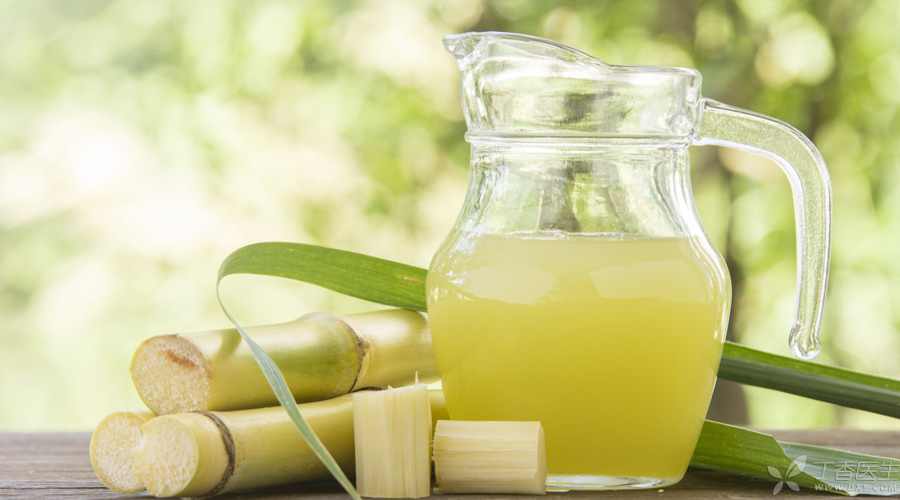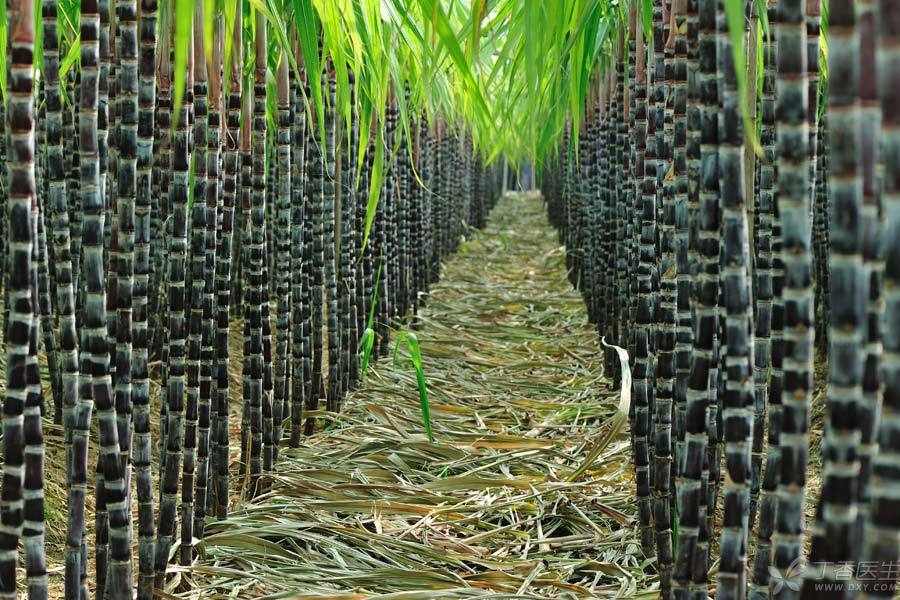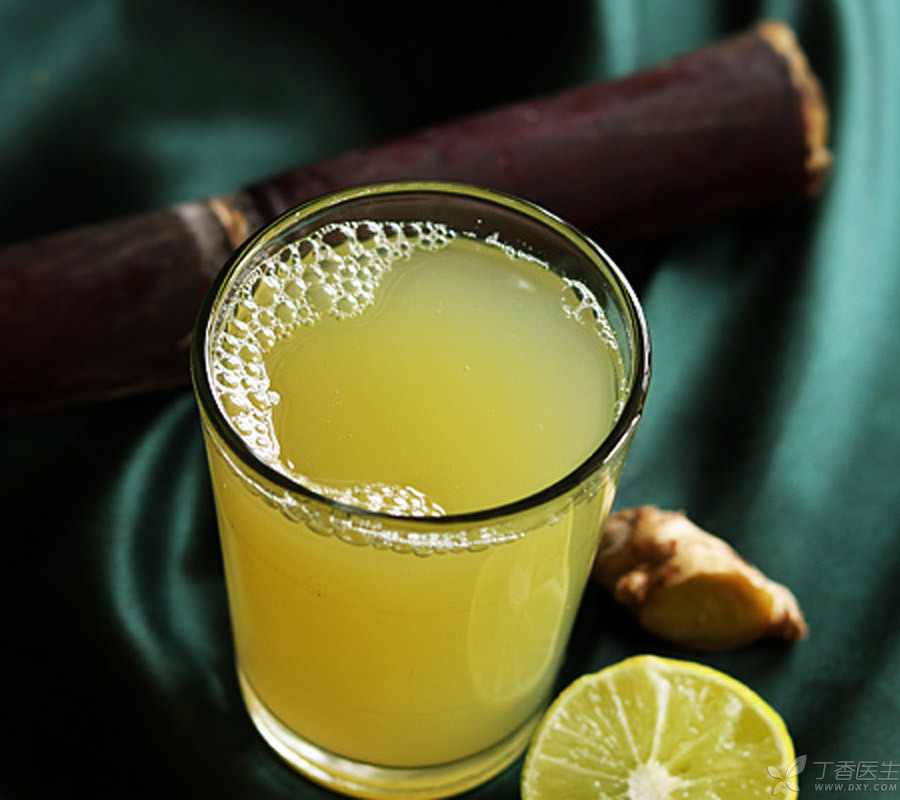
Sweet and juicy sugar cane is widely loved by people. However, it is approaching Qingming Festival again, and the saying “Qingming Sugarcane has poisoned snakes” is popular among friends. Does it mean that sugar cane at this time is poisonous and cannot be eaten?
Dr. Clove gives you a reliable answer.
First, Qingming Sugarcane, Poisoned Snake?
This is not the case.
The so-called [poisonous sugarcane] is actually moldy sugarcane. Sugarcane is not easy to store for a long time. After it is ripe and harvested in November of the first year, it is especially prone to mildew in the spring of the following year.
The so-called mildew is that sugarcane is contaminated by Arlhrinium SPP during transportation and storage, producing a toxin called 3-nitropropionic acid (3-NPA). This toxin is not only resistant to high temperature but also soluble in water. Daily heating and cleaning cannot reduce its toxicity.
Once people eat this moldy sugar cane, it is likely to damage the nervous system, which is difficult to recover completely, and even life-threatening in serious cases.
Therefore, we don’t need to turn pale at the mention of sugar cane at all, but we can’t eat moldy sugar cane either.
Second, how to identify moldy sugarcane?
Mouldy sugarcane is so toxic that it is very important to learn to identify it.
If it is found that the sugar cane is soft, the pulp is darker than the normal sugar cane, brown or red, and smells mildew or distiller’s grains, then don’t buy it. If it is found to be broken, it should be discarded in time, and don’t [loathe to give up].
In addition, don’t buy sugar cane juice from unknown sources to prevent unscrupulous merchants from selling moldy sugar cane juice and causing poisoning.
Three, how to choose sugar cane?
When selecting sugar cane, you can choose that the knots will not be too tight or too loose. Usually the sugar cane skin is darker in color, the shiny ones will be fresher, and the heavier ones will be more delicious and juicy.
Four, black cane? Green cane?
There are two kinds of common chewing cane, one is dark purple in skin color, also known as black-skinned sugarcane, and the other is green tangerine peel sugarcane.
Black-skinned sugarcane originated in the tropics, Guangdong, Guangxi, Hainan, Fujian, Taiwan and Zhejiang provinces are more, while green tangerine peel sugarcane is more common in Jiangsu. People can choose their favorite varieties according to the local actual planting situation and taste.

Five, sugar cane is not fruit!
For so many years, we have been cheated by sugar cane.
Many people think sugar cane is a kind of fruit. Indeed, like many fruits, sugar cane is juicy, sweet and can be eaten raw.
But in fact, fruits are the fruits of plants, but what we eat everyday is the stems of sugar cane instead of fruits. Therefore, sugar cane is not a [legitimate] fruit.
Is sugar cane nutritious?
However, although sugarcane is not a fruit, from the perspective of nutritional composition, sugarcane juice and fruit do have many similarities: they all contain a large amount of water, low protein and fat content, and mainly provide us with some micronutrients, such as vitamins and minerals.
Compared with common fruits, the content of vitamin C and potassium in sugarcane juice is not high, but the content of zinc is more abundant, which is 3-5 times that of common fruits.
In particular, we should remind everyone that eating sugarcane cannot supplement dietary fiber. Because few people eat bagasse, most of the time we only drink sugarcane juice, and dietary fiber is in bagasse.
Seven, how much do you eat?
Sugarcane is not a fruit, but its nutritional characteristics are similar to those of fruit. Therefore, for [how much to eat], we can refer to [200 ~ 350 grams of fruit per day] recommended by the dietary pagoda.
When eating directly, because it takes a lot of effort to chew, it is just right to eat 1 or 2 knots.
When squeezing juice, it is easy to drink too much. Considering the energy and sugar content of sugarcane juice, it is inappropriate to drink more than 200 mL of sugarcane juice every day, which is almost the amount of one cup of disposable paper cup.

Eight, make dessert to eat
In addition to eating directly and juicing, sugar cane may also be made into dessert soup.
Similar to Tremella Sydney Soup, sugar cane is matched with red dates, horseshoes, Tremella, medlar, carrot, lily and other ingredients, and sweet drinks can be made without additional sugar.
